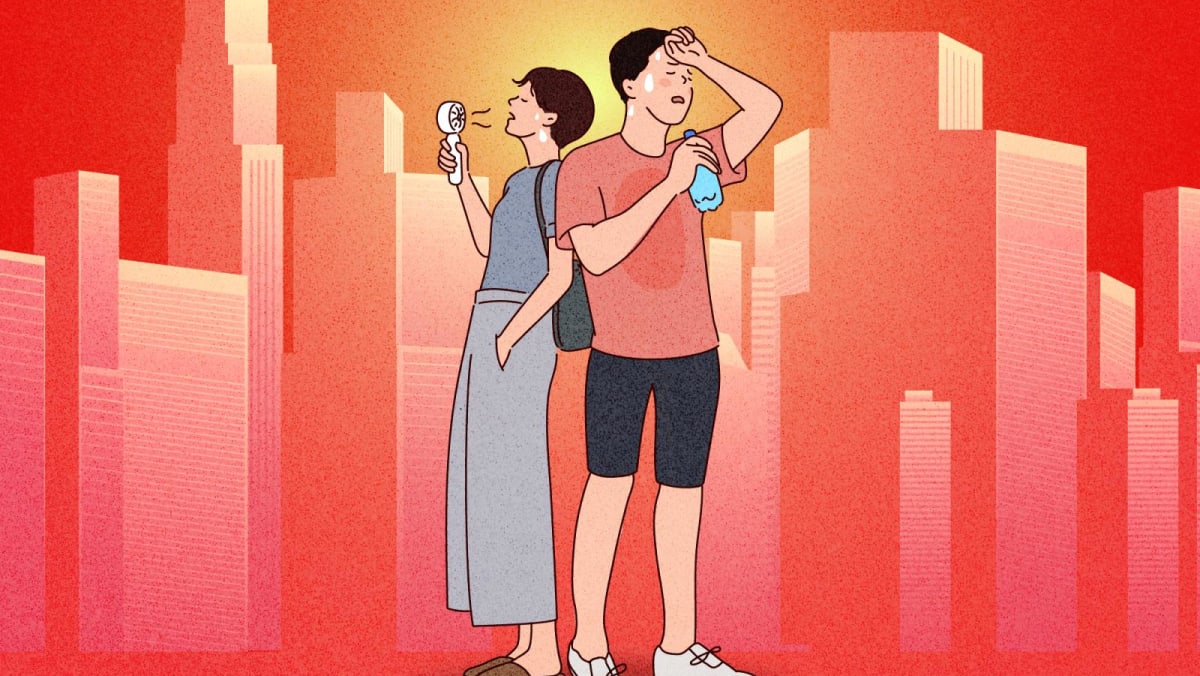Mr Chew from Capitaland Development acknowledged that every innovation comes with trade-offs.
“Vertical greenery, high-performance facades and full-floor sky terraces may require higher upfront investment and careful maintenance planning to ensure operating costs remain reasonable,” said Mr Chew.
There are also regulatory hurdles. For instance, CapitaLand Development had to factor in extra time when building its condominium complex LyndenWoods in Singapore Science Park, because it had to consult the Urban Redevelopment Authority over the sky terraces that were part of the design.
But once built, these features have shown results: at the recently revamped CQ @ Clarke Quay, green elements have contributed to the building achieving energy savings of 1.03 million kilowatt-hour per year – around the annual electricity consumption of about 240 four-room HDB flats.
Mr Praveen from SJ Group said that passive design strategies, such as high-performance glazing, extensive greenery and shading devices, do require higher capital expenditure than conventional approaches, but he agreed that the long-term benefits outweigh the initial costs.
“Tenants and staff have responded positively to greenery and biophilic features, noting enhanced well-being and usability of outdoor spaces. Visitors frequently highlight the comfort of the tropical gardens and other common social areas, which remain thermally comfortable yet energy efficient,” he added.
HOW SINGAPOREANS KEEP COOL
While infrastructural changes will shape Singapore’s long-term heat resilience, many large-scale innovations may still be years away from mainstream adoption or remain confined to specific estates.
In the meantime, coping with the heat for many Singaporeans comes down to day-to-day choices and consumer-level solutions.
Dr Fabian Lim, a pioneer in thermoregulation and heat injury research in Singapore, said individual behaviour “forms the foundation of heat resilience”, which is further enhanced by the availability of suitable infrastructure and technologies.
The senior lecturer at NTU’s Lee Kong Chian School of Medicine suggested behavioural strategies to cope with hot weather conditions, including modifying one’s lifestyle to include more indoor activities during hot spells.
However, he noted that some solutions like the use of an electric fan alone may not be effective for body cooling when air temperature is near to, or higher than, skin temperature of about 36 degrees Celsius.
For Ms Yao the teacher, one of the best gifts she has ever received from her husband is a neck fan that cost close to $300.
“It really feels like a lifesaver. It blows cool air out and it helps to bring down the temperature a lot, but it is expensive. The price tag makes people hesitant about splurging on it,” she said.
Others have turned to modifying their homes. Senior business analyst Ye Xin, 36, said the S$750 she spent on installing solar film on her window panels at home has been a “game-changer”.
“It’s a one-time expense that pays off over the long run as long as you stay in the house,” said Ms Ye. She added that the solar film has successfully warded against UV rays, reducing heat and glare and she now often comes home to a comfortably cool space.
Ms Ye also never leaves home without a portable handheld fan these days, and increasingly prefers packing food and eating in the air-conditioned office during lunch breaks.
